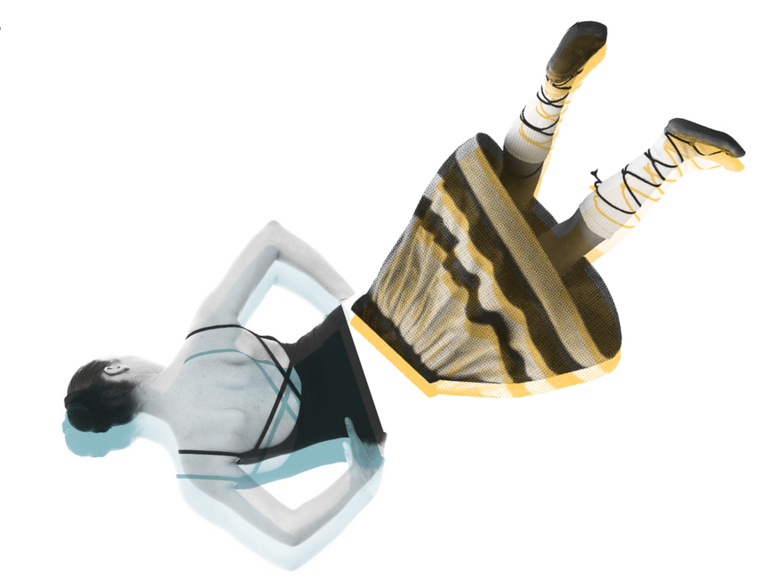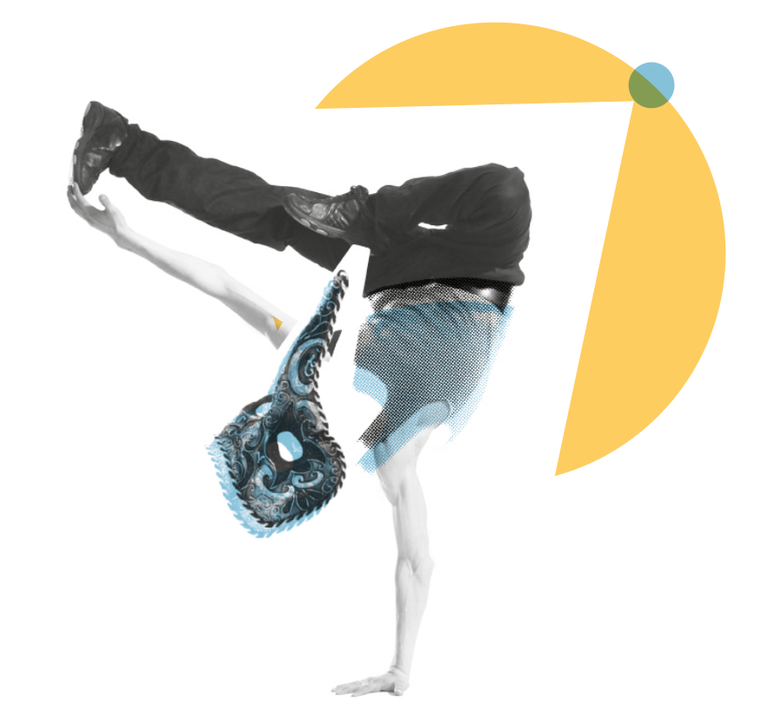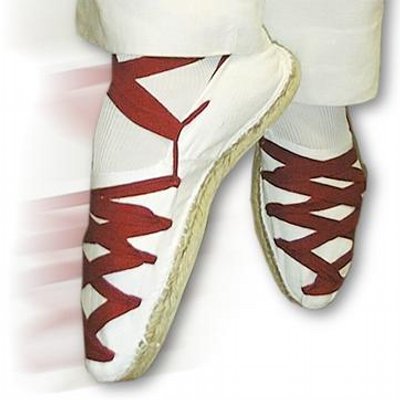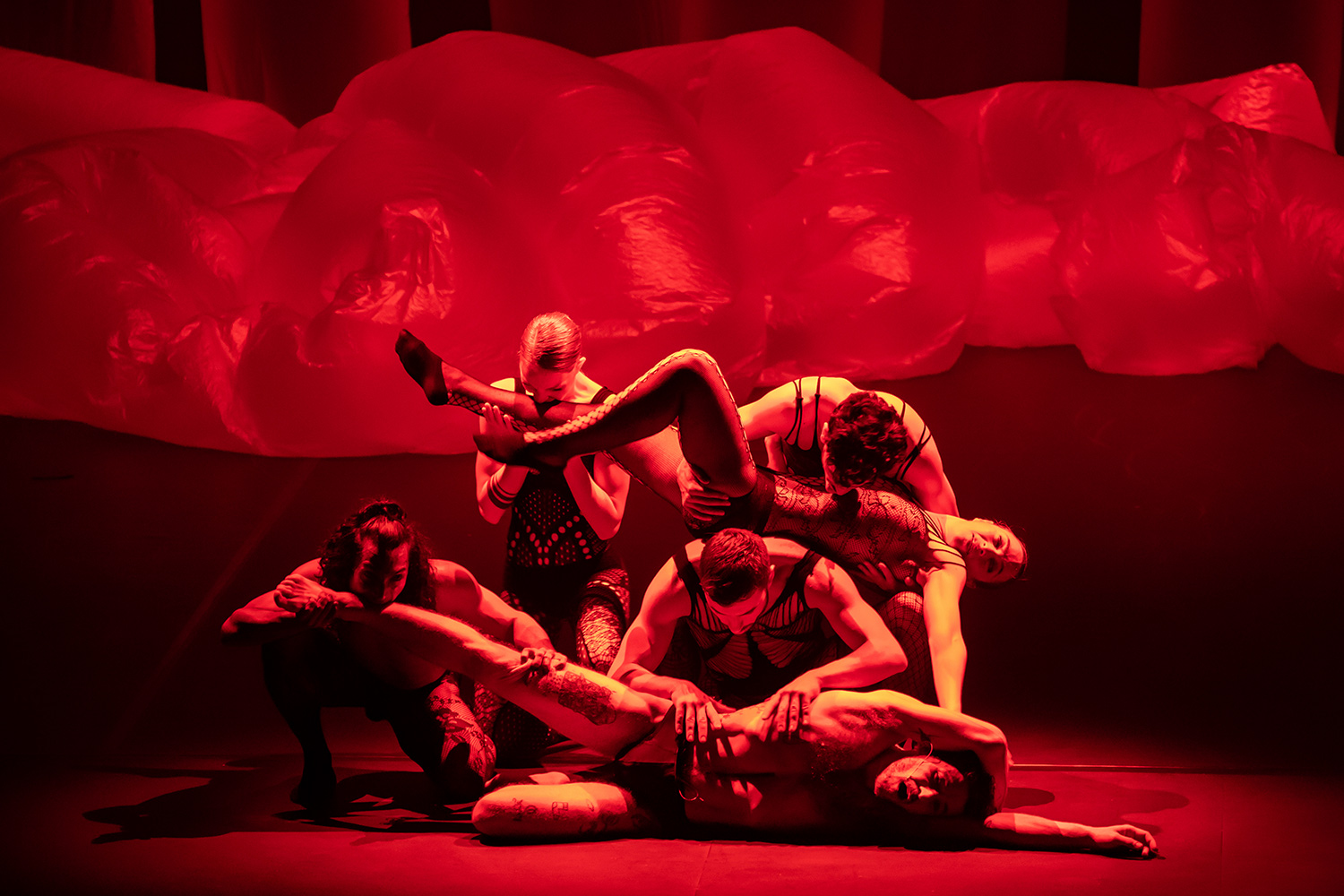The labor future of women ballerinas is darker than that of men
- Women who are trained in dance are more than men, but then it has been seen that they have fewer job opportunities in research The situation of women and men in the creation of dance at the CAPV.

With regard to subsidies, men also receive higher amounts. The aim was to analyse the situation of women and men at the different stages of the value chain of dance creation, such as training, creation, production, distribution, programming and exhibition. The study was carried out by Igor de Quadra at the request of the Department of Culture and Linguistic Policy of the Basque Government. We have previously published an introduction to the report which has investigated the situation of programmers, choreographers and distributors, and the research we will present in the following lines has focused on the artistic and choreographic directions of companies.
Professionals who lead creative projects in the field of dance at the CAV have been recognized as "creators of dance". The report sought to collect the experiences and opinions of these creators in the creation of dance in relation to inequality between women and men. To do so, they have interviewed thirteen creators who work in professional circuits or in associations of dance professionals.
Women condemned to competition and precariousness
The creation of dance is a feminized sector, so it is easier to find work for men, as more men are needed in the professional world in a proportional way. Dantzerti School was born in 2016 with the aim of training high-level dancers in the Basque Country. Each year more women have been enrolled in dramatic art and dance; the average number of women registered in the first three years is 82 per cent. Women who have studied dance are more than men, but men have better career opportunities. In the CAV Theatre Network, the percentage of women is 44.8%. The glass ceiling is remarkable.
This is a marginal discipline of dance and, consequently, the precarious situation of the staff engaged in this activity. That is why, in addition to the creation and training, many other works remain at your disposal: project management, application for institutional grants, distribution of shows, relations with cultural agents... Dance is precarious and this situation is worse for women. This difference appears for the first time in the training phase.
Men get more money
There are several categories in subsidies for dance production, and as these categories rise, there are fewer women. The number of projects run by women is equal to or greater than that of men, but men receive greater amounts of money; the larger the format of the project, the lower the presence of women.
If we look at theatre and culture programmes, we see that the representation of women and men is fairly balanced, but the “demand” and “economic benefit” remain less than that of men.

Recognition of the work of dancers at the mercy of the market
The report points out that Basque institutions and society do not value the artistic work of dance sufficiently. It is noted that in the CAPV there is no performing arts prize, at least comparable to the Designation Artea Prize awarded by institutions in plastic arts. Therefore, the prestige and recognition of the CAV choreographers are granted by the external prizes. On the other hand, the report concludes that in the CAV there is no context for reflection on dance and for conducting critical research on it. The study indicates the lack of reference entities for research and documentation related to dance.
However, this recognition is not seen as a priority. Several members of the sector interviewed in the report consider that there are previous works. "Without a comprehensive dance plan, it is not easy to defend that the social recognition of dance must be strengthened through academic awards and criticism."
However, it is clear that without prizes or networks of literary and academic criticism, effective recognition remains in the hands of market logic; visibility and the market take on weight.
There are things to improve
Various deficiencies have been identified in the investigation, from which various improvement proposals have been made. It is about incorporating the gender perspective into different areas of the sector. Among other things, in the curriculum of the higher degree offered by Dantzerti, in theatrical programming or in grants. Subsidies for dance, for example, suggest the inclusion of aid for the reconciliation of family and professional life.
It is also proposed to promote projects between artists and school centers through residences in educational centers to explore stereotypes and gender identities in collaboration with young people. On the other hand, it is intended to promote dance research for the creation of critical literature with a gender perspective in choreography universities and schools.

The idea that we in the dance world often repeat is that dance is ephemeral. The Elhuyar dictionary gives as a counterpart to "ephemeral" English: ephemeral, destructive, perishable, ephemeral, ephemeral, perishable, perishable, ilaun. I don't remember who I first read that idea... [+]
Moor Krad
By: Ertza company.
When: 3 October.
Where: In the Muxikebarri room of Getxo.
---------------------------------------------
Two years later I met the work Moor Krad, in which members of the company Ertza created and premiered the piece. So in 2022, I tried to... [+]
Transmisioa eta dantza taldeetako erreleboa aztertu nahi izan dugu Dantzan Ikasi topaketetan, eta gazte belaunaldiek lan egiteko ereduak ezagutu nahi izan ditugu “Gazteen parte-hartzea euskal dantzan” mahai inguruan: Eder Niño Barakaldoko... [+]




















